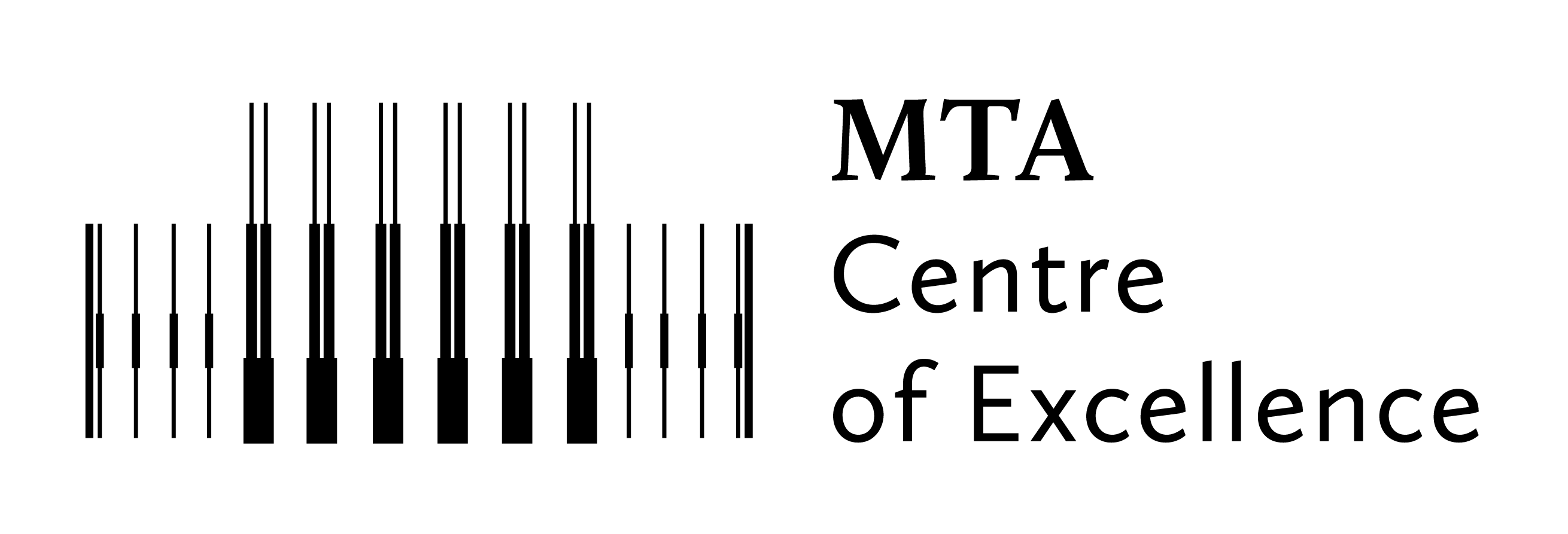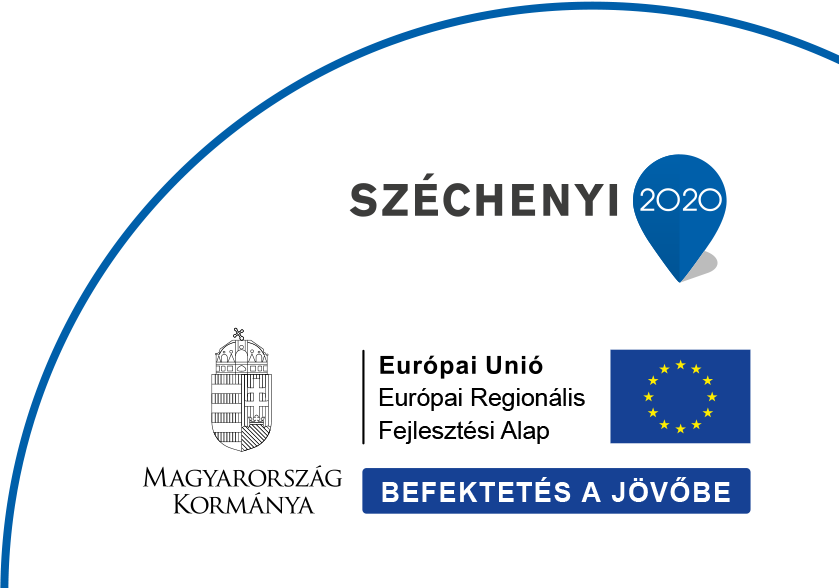Paul Fox, the British Ambassador to Hungary, recently visited our research centre again, with the aim of exploring potential collaboration opportunities between Hungarian and British researchers. While his first visit focused on particle physics research and activities related to CERN, this time he was introduced to space physics and optical quantum technology research.
During the visit, Andrea Opitz gave a presentation on Solar System research and the significance of space exploration, emphasizing the contributions of HUN-REN Wigner Research Centre for Physics to international space missions. She also discussed the latest observable space physics phenomena, including the northern lights, that could recently be seen in Hungary. In the laboratory of Daniel Barna, the Ambassador was introduced to the design and fabrication of a superconducting particle accelerator magnet, a promising development in the fight against cancer. The basic priciple is that the targeted direction of charged particles (such as protons and carbon ions) is more effective than that of X-ray photons used in traditional radiation therapy.
Laser physics studies in the research centre also received special attention, as the first laser light in Hungary was produced at the predecessor of the HUN-REN Wigner Research Centre for Physics, the KFKI. In Péter Dombi's lab, the Ambassador gained insight into how laser light can be used for investigating extremely fast processes.
The visit ended by the presesentation of our Scottish colleague, Thomas William Clark. He showed the Ambassador around the quantum technology laboratory, an area with significant potential for Hungarian-British collaborations.
The Ambassador's visit is an important step in strengthening British-Hungarian scientific relations, laying the foundation for the successful continuation of joint research projects.



